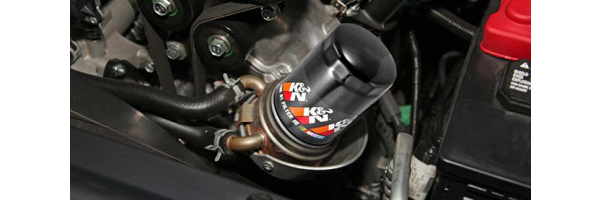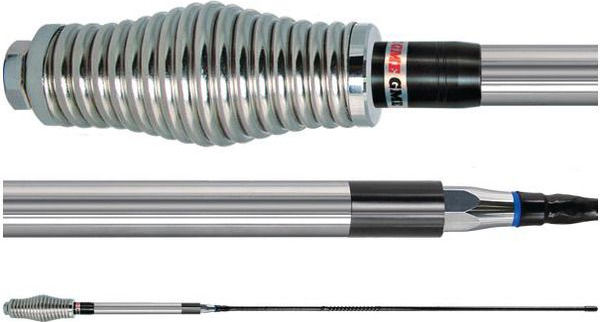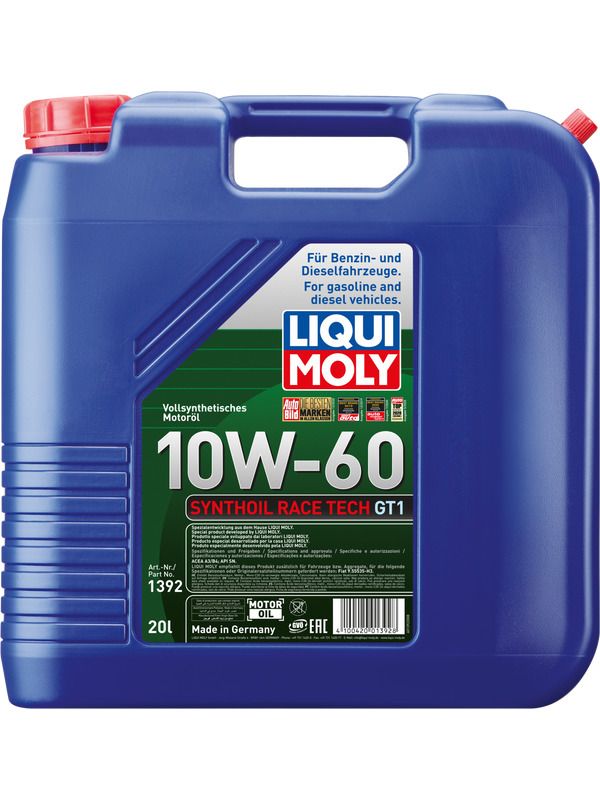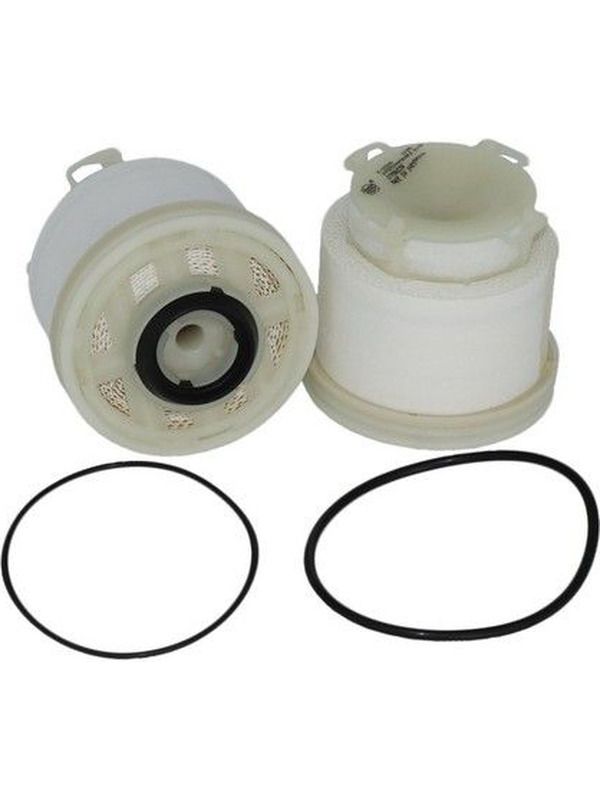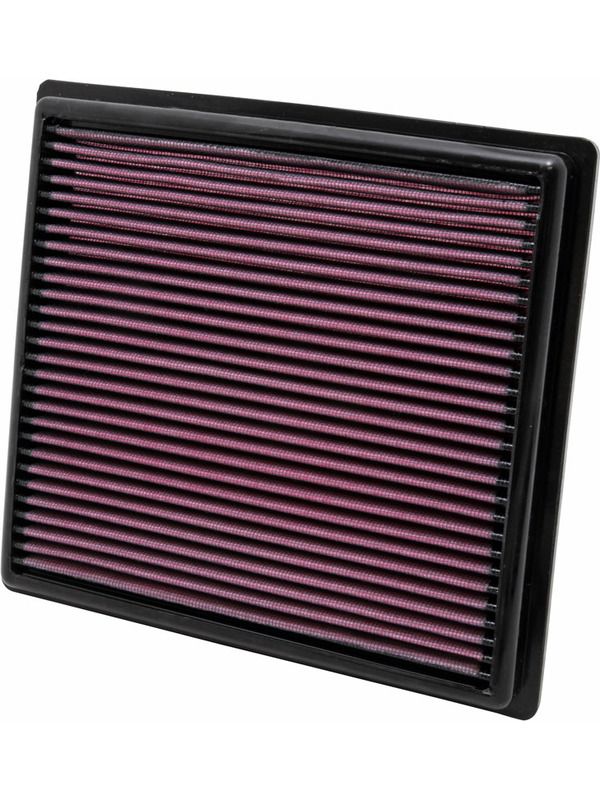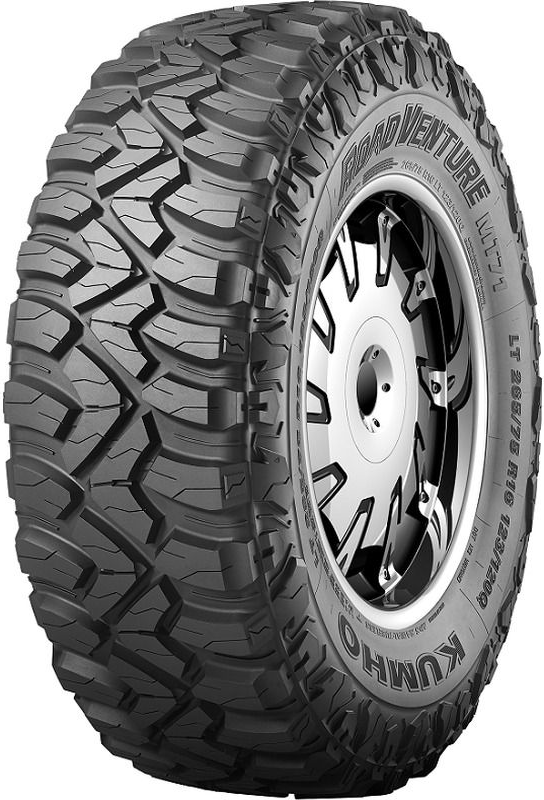Checking Your Vehicle's Fluids is Key to Keeping it on the Road
Like humans, vehicles need the right amounts of fluid to keep them performing well.
But unlike humans, vehicles need many different types for each section. For example, a vehicle’s brakes, engine and power steering all need speciality fluid.
5 Vehicle Fluids to Keep an Eye on
Altogether, you must keep an eye on five types of fluids to keep your vehicle running optimally.
Note: Ensure your car has been off for a while before checking your fluids, as many of them heat up as your vehicle is running.
1. Engine oil
Oil keeps the engine’s parts running smoothly and reduces friction that causes engine wear.
When checking the oil, you must:
- Ensure that there’s enough oil to lubricate the engine.
- Ensure the oil is still clean.
To check your engine oil, you’ll need to find the oil dipstick. Then you’ll need to pull it out and wipe it clean to get an accurate reading. Re-insert the dipstick and pull it out again to see if the oil level is in the optimal range.
Next, you’ll need to rub some oil between your fingers to check if it’s clean. If the oil is gritty or dark, you’ll need to change your oil.
2. Brake Fluid
If you find that your brake pedal has become spongy or that your brakes aren’t performing well, your brake fluid could be the culprit.
Once you locate your brake fluid tank in your engine bay, take a look at the fluid's colour and level. If it’s a dark colour, there’s likely something wrong as brake fluid is usually translucent, so you’ll need to replace it. But if the colour is fine, you’ll only need to top it up with compatible brake fluid.
Note: If you find yourself always topping up your brake fluid, there’s likely a leak, so it’s wise to have a mechanic take a look.
3. Coolants
Coolants (antifreeze) keep everything in the engine cool. So if the coolant level becomes too low, your vehicle could easily overheat, causing a range of problems.
While you only need to check your coolant roughly every 80,000 KMs, a leak or other issue may cause it to run out quicker.
So if you find your engine overheating frequently, low coolant levels could be to blame. But always let your vehicle cool down before checking the coolant levels because hot coolant is known to spray when the cap is opened.
4. Power Steering Fluid
Power steering is common in new cars, and it makes turning the steering wheel as easy as cutting through warm butter.
But when it’s low, you’ll feel like you had a workout just from driving your car. When turning your steering starts becoming difficult, it’s time to check your power steering fluid level. You’ll find it in the engine bay, and all you need to do is pull out the dipstick and ensure the fluid is within the optimal level.
5. Transmission Fluid
Transmission fluid is the only one you should check while your vehicle is on, as this is the only way to get an accurate reading.
Once you locate the transmission fluid dipstick, look at the colour, fluid level and consistency. This fluid should retain its original colour and be free of any grit. If it’s not, it’s a good idea to schedule a mechanic appointment as there’s likely something wrong with the vehicle.
Get All Your Vehicle Fluids at Rolan
At Rolan, we stock only the best vehicle fluids from top brands like Liqui Moly, K&N, Mobil 1, Brembo and more. So whether you need brake fluid, coolants or something else, we’ve got you covered.

